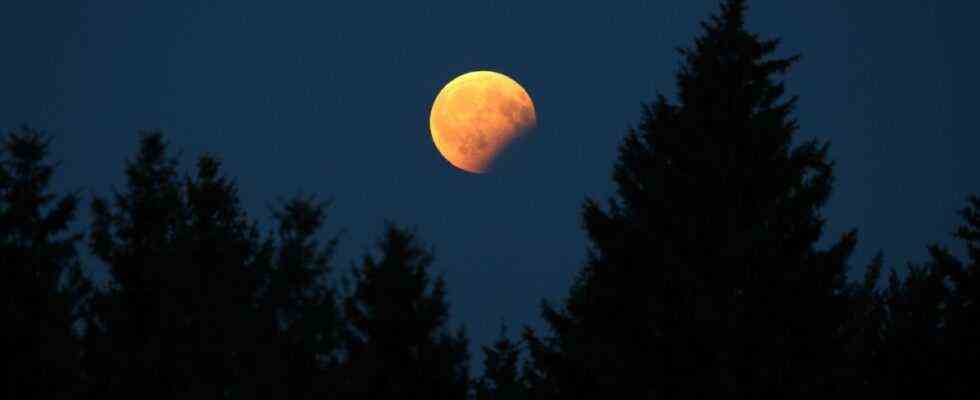Actually, the thing is clear: Photosynthesis needs light to work – so one should assume that trees grow and form new cells when the sun shines.
But that’s not at all like the scientist working with the Swiss ecophysiologist Roman Zweifel in the specialist magazine New Phytologist to report. Contrary to what was assumed, the trunk of trees grows mainly in the late evening or early morning from two to six o’clock. By contrast, there is hardly any significant growth during the day.
To achieve this, the researchers, headed by the Federal Research Institute for Forests, Snow and Landscape (WSL), measured 170 beech, spruce and other common species in Swiss forests for eight years. The data come from the “TreeNet” network, in which measured values from several trees equipped with sensors are received. Soil and air humidity are recorded, at the same time so-called dendrometers measure the growth of the trunk down to a fraction of a micrometer.
The trunk growth is recorded with a “point dendrometer”.
(Photo: Roman Zweifel / WSL)
According to the biologists, the fact that the majority of this growth occurs at night is primarily due to the higher humidity in the dark hours. Because in order for the cells to divide into wood and bark, they need water. But this is particularly scarce on sunny days: when it is hot and dry, trees cool themselves down, similar to humans, through perspiration, except that they do not sweat the water through their skin, but through their leaves. To do this, the tree continuously sucks up new water through the roots. “As soon as the air becomes too dry, the tree is no longer able to take in as much water through the roots as it loses at the top,” says first author of the study, Roman Zweifel. This results in a negative pressure in the cells and inhibits growth. This is the case on most days, except when it is cloudy or raining. “That leaves only the night,” says Zweifel.
If the air is sufficiently humid, trees will thrive even in fairly dry soils
It doesn’t have to be bad for the tree. “There is no reason for the tree to have to grow during the day,” says Zweifel. It is true that trees produce the carbohydrates they need to grow during the day through photosynthesis in the leaves. The transport of these substances from the treetop into the trunk can take a few hours. By then it will have become cooler and the conditions for cell division have improved. “That is a good system,” says Zweifel. Surprisingly, the trees grew even in moderately dry soil, provided the air was sufficiently humid. Conversely, if the soil was moist but the air was too dry, growth remained low. However, a certain amount of moisture in the earth is essential.
However, not all trees have the same day-night rhythm: Among the seven tree species examined, the red beech is the early bird: It starts growing in the afternoon and reaches its highest pace shortly after midnight. Trees that are early also build up more mass over the course of the year. Scots pine and downy oak, on the other hand, only really get going at dawn.
The study could also be important for estimating how climate change affects forest growth. Previous models mainly used annual mean values without going into daily fluctuations. However, these could be crucial in order to understand how forests store carbon under increasingly drier conditions and thus slow down global warming.

